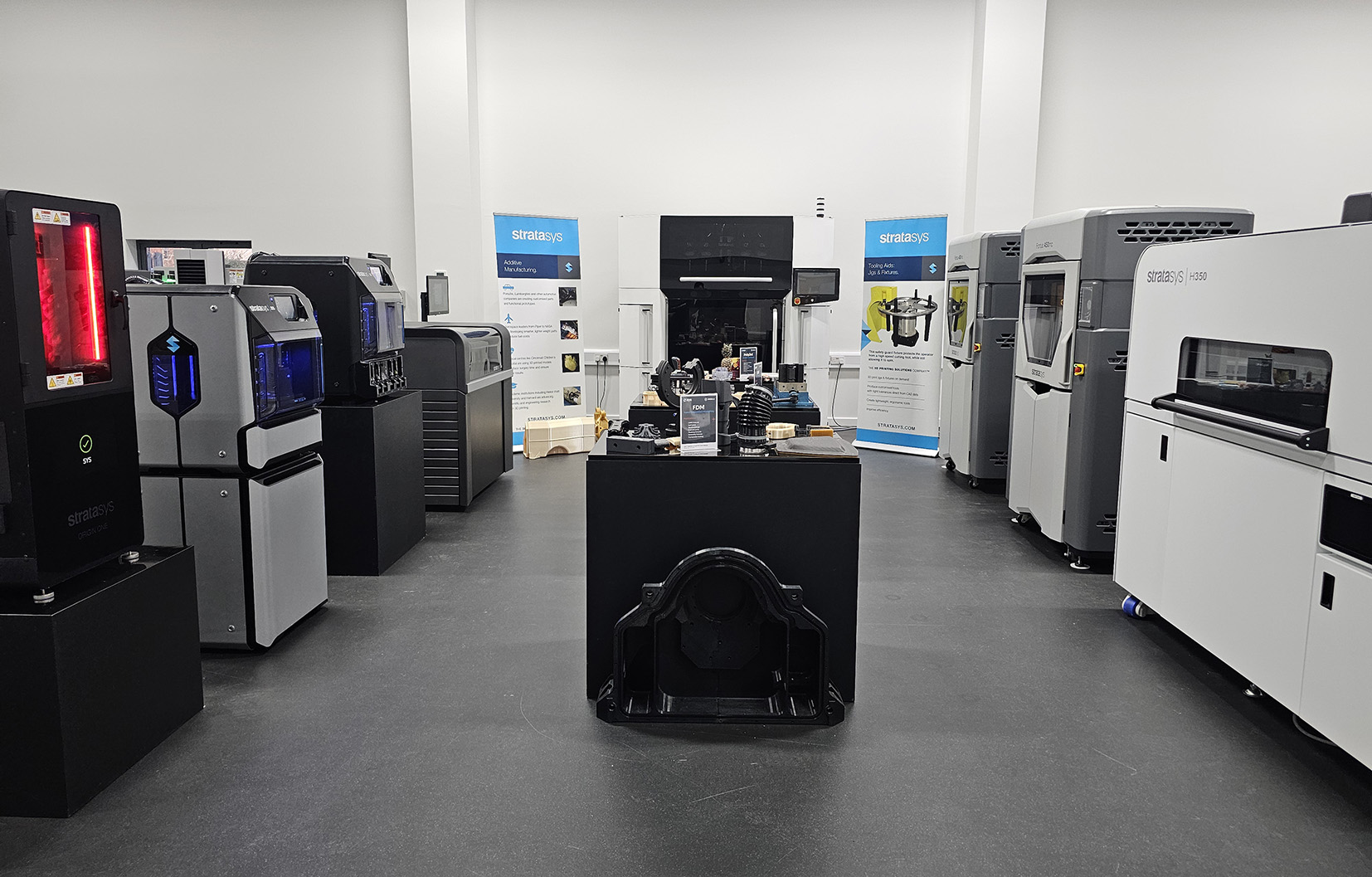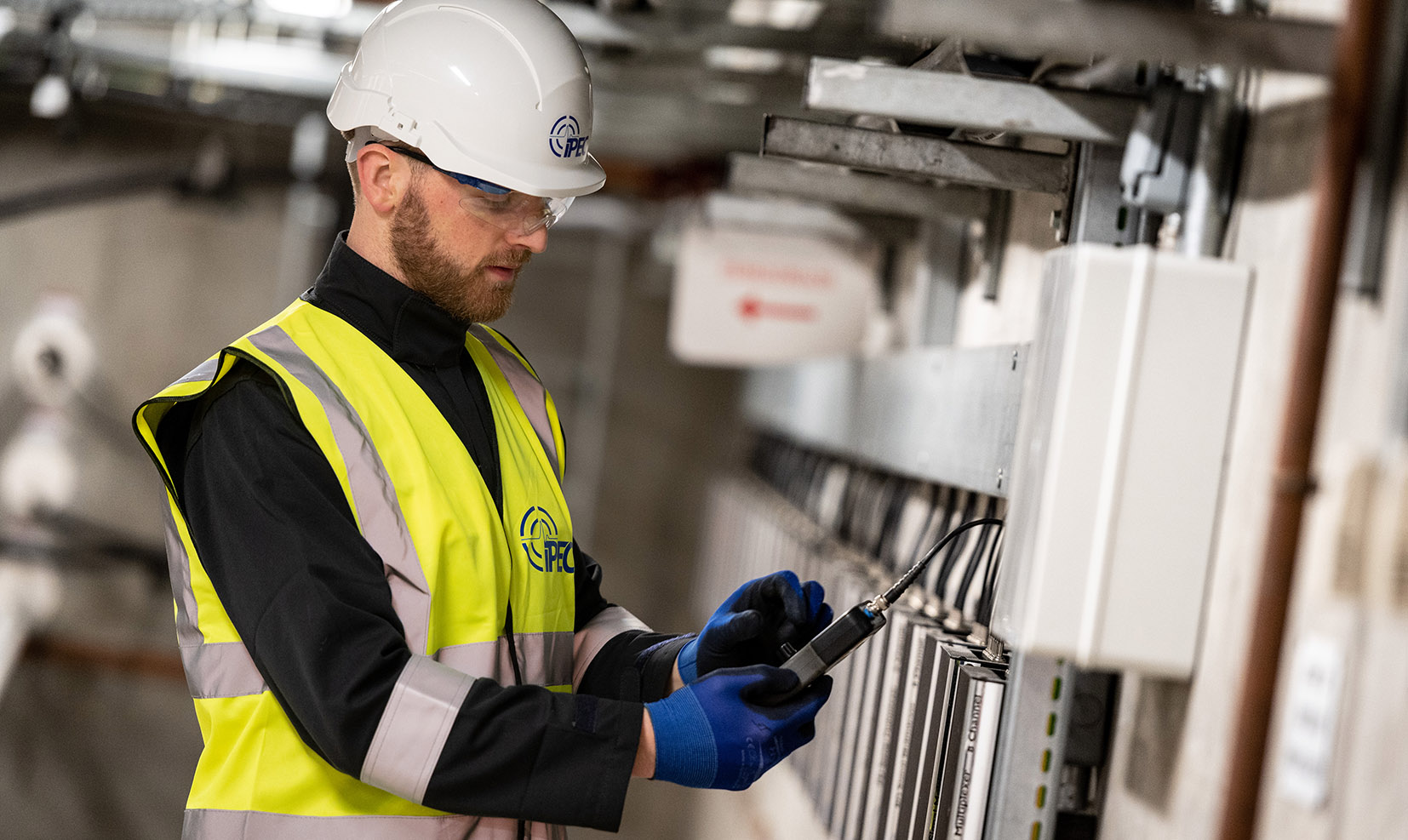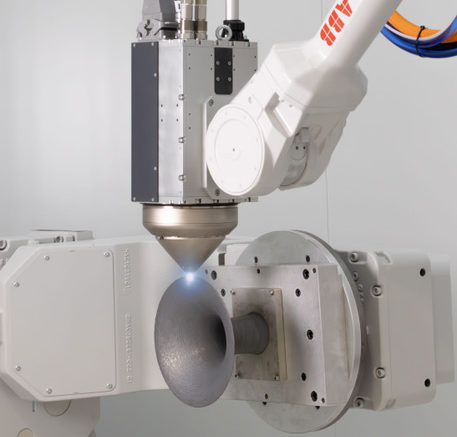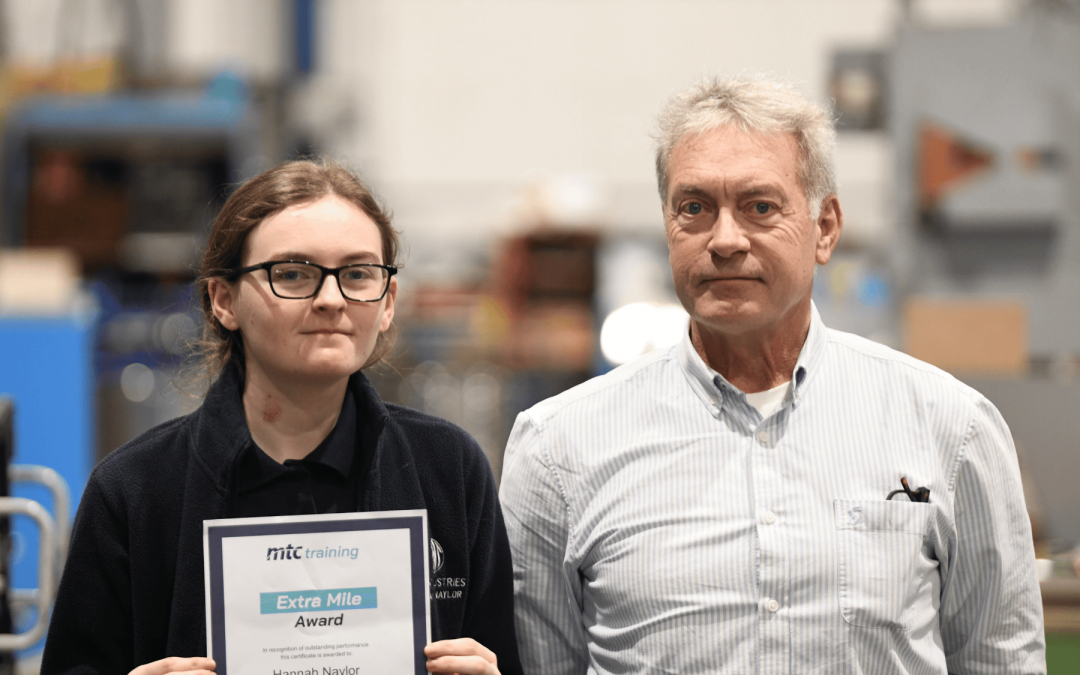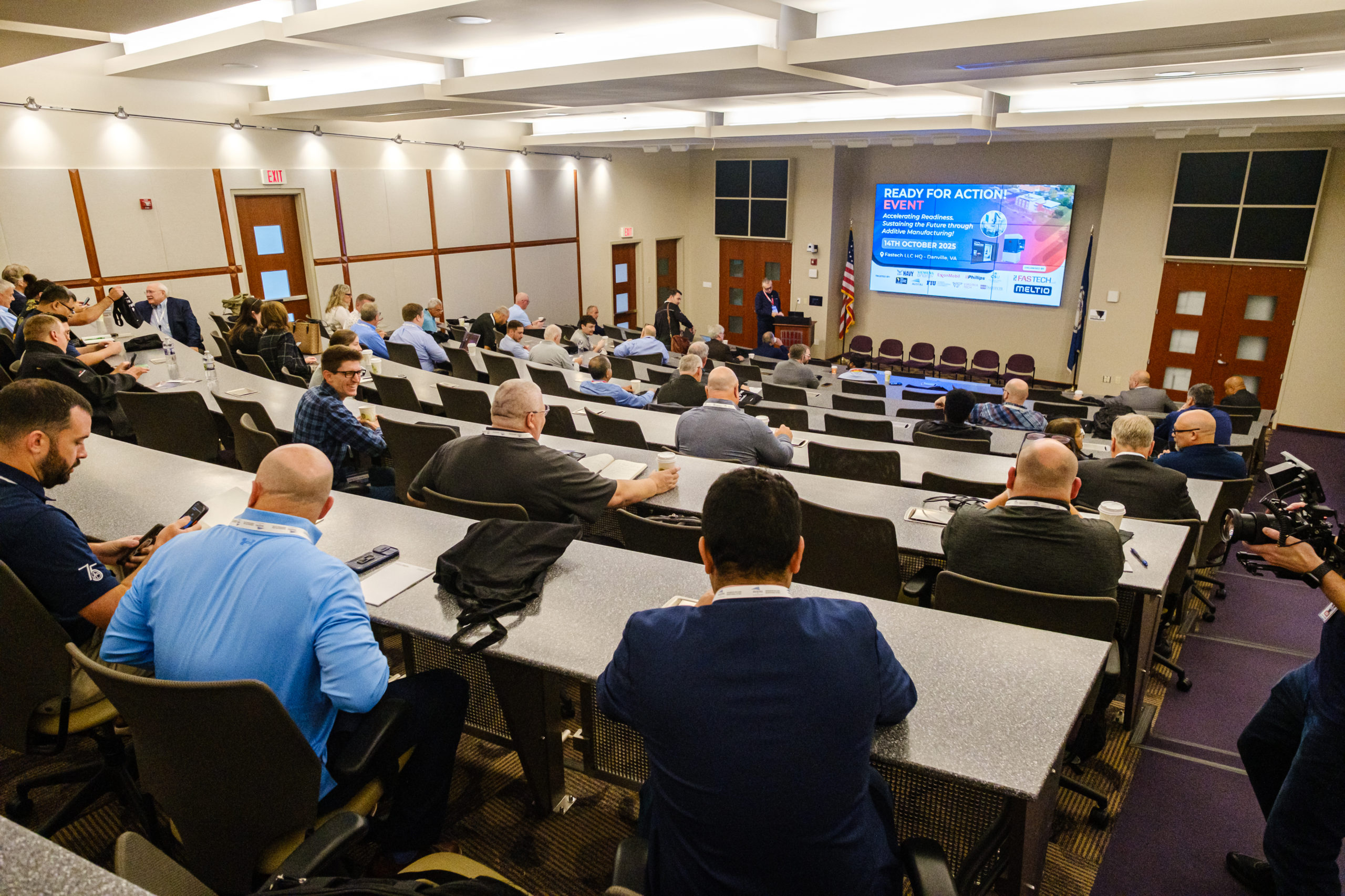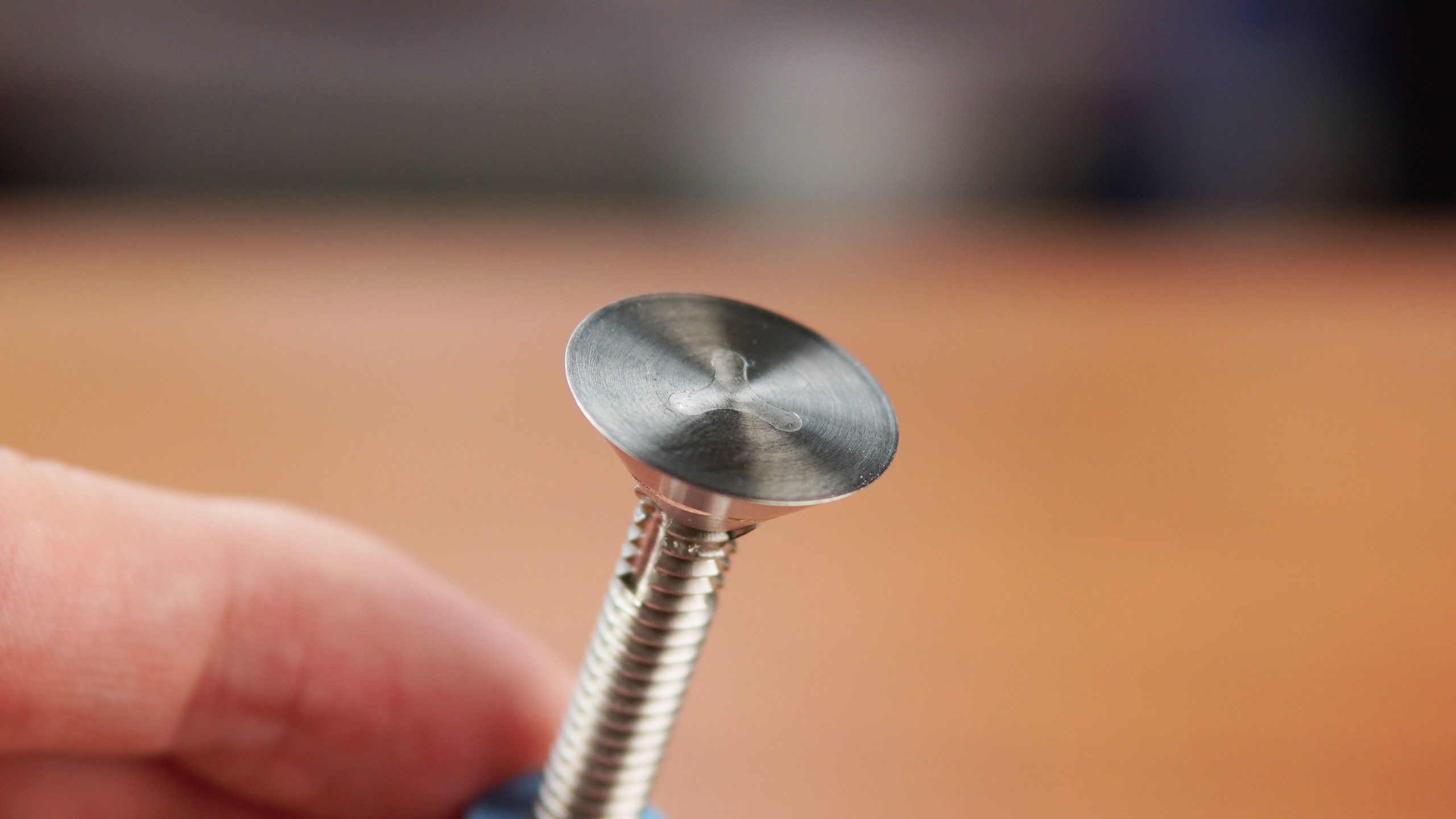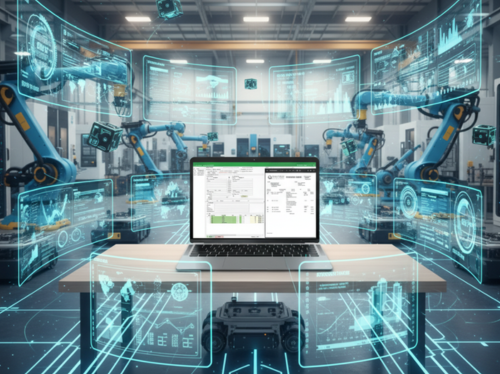Sustainability innovators: Behind TRUMPF’s greener production
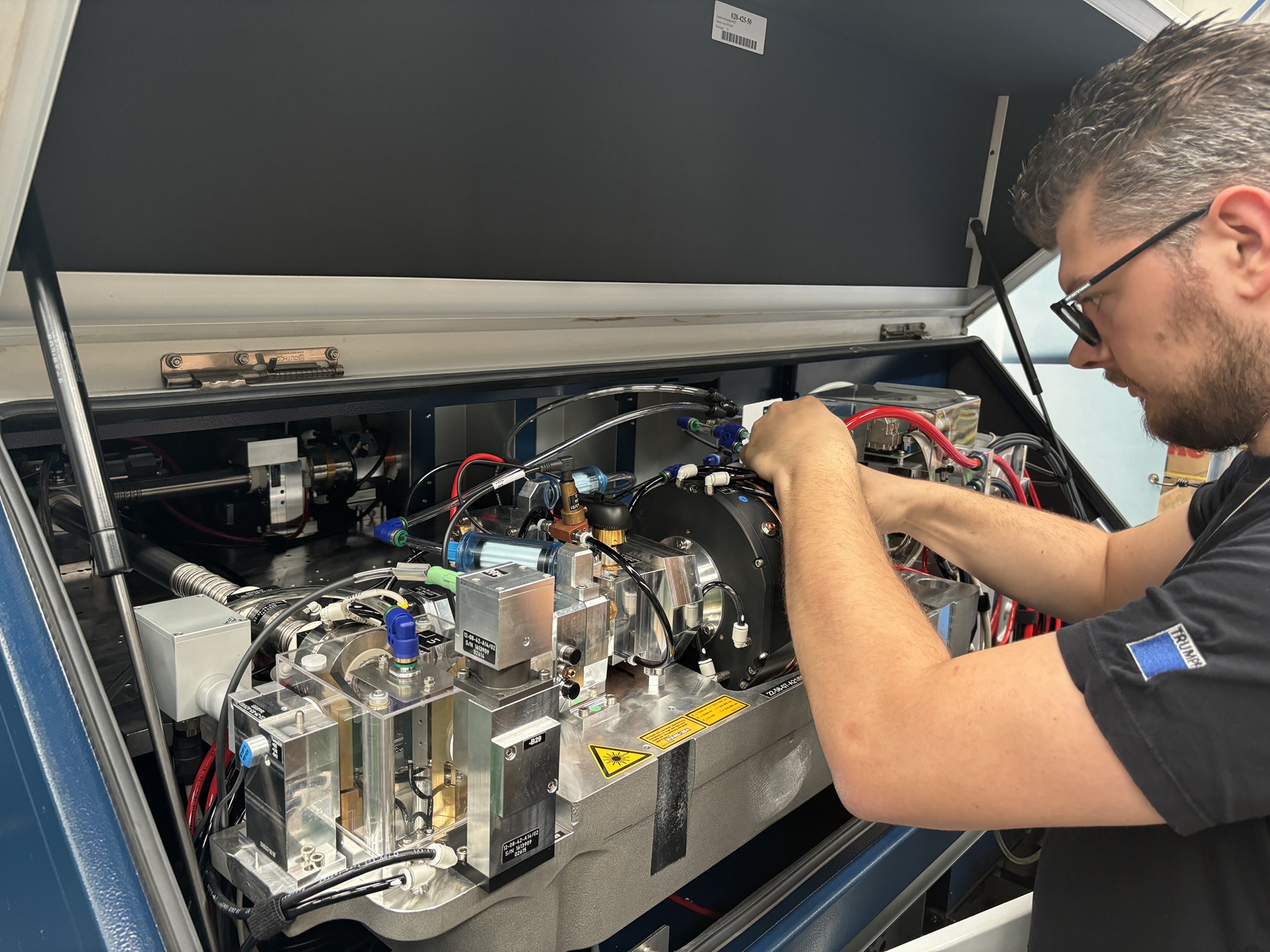
Sustainability at TRUMPF is not the result of a single project or department. It comes from the efforts of many people across the company who are pushing industrial manufacturing towards a greener future. Three of these innovators share how they are making a difference.
Driving CO₂ neutrality
Walking through the production hall at TRUMPF China, Sean Lin cannot help but smile. The reason is visible above him: rows of intelligent LED lighting now illuminate the facility. Over the last five years, Sean and his team have replaced all conventional lighting in TRUMPF China’s production areas with LEDs controlled by smart systems. This initiative has significantly reduced the energy used for artificial lighting, which once accounted for 30% of the plant’s electricity consumption.
The results are impressive. The site now saves approximately 550,474 kWh of electricity each year, equivalent to the annual power consumption of around 250 Chinese households. Sean’s CO₂ reduction target for 2023 was 48,000 kWh, and he is on track to exceed it by nearly 80%.
There’s still more to do. For 2024, Sean has set even higher energy-saving targets, focusing on compressed air systems, heating and cooling processes, and building efficiency improvements. A new digital platform introduced this year allows the team to monitor energy use at departmental and equipment level. He considers this transparency essential for identifying the site’s most significant energy users.
TRUMPF China already runs on 100% renewable electricity. The installation of 1.5 MW of photovoltaic capacity in 2021, with another 0.4 MW planned, means the site will soon generate 25% of its electricity onsite. Sean believes this figure can increase even further in the future.

Bringing machinery back to life
At the Resale Centre in the Netherlands, service technician Robin Veneberg gestures towards a recently refurbished TruLaser 3030: “You wouldn’t guess it is eight years old.”
The 2D laser cutter arrived worn out but, after a meticulous two-week overhaul by Robin and eight colleagues, it’s once again ready for production.
Robin has spent four years leading the refurbishment of older TRUMPF machines. He oversees the entire process from cleaning to replacing worn components. Once fully reconditioned, the machines are sold again through TRUMPF’s regular sales channels. More than 2,000 machines have already found new owners in this way.
The environmental benefits are substantial. A TruLaser 3030 weighs around 12 tonnes, and the production of 1 tonne of steel generates approximately 1.4 tonnes of CO₂. By reusing the original machine body, TRUMPF prevents almost 16 tonnes of CO₂ emissions. The overall carbon footprint of a refurbished machine is less than 0.5% of a new equivalent.
“Every time a machine returns to the field, we’re preventing unnecessary resource consumption, and that makes me proud,” says Robin.
Reinventing battery recycling
In a laser cell at TRUMPF Laser Technology, a beam quietly cuts through the casing of a used electric vehicle battery. As the protective door rises, Industry Manager Max Rettenmeier examines the battery with satisfaction. He believes this technology could transform the way the automotive sector handles end-of-life batteries.
Traditional battery dismantling is slow, costly and hazardous. In many cases, kilometres of coated foil containing valuable materials end up as waste. Yet recycling demand is growing rapidly. By 2030, Europe will need to recycle around 570,000 tonnes of battery materials each year.
Electric vehicles depend on resources such as cobalt and lithium. Mining these materials is energy-intensive and environmentally damaging, and volatile supply chains make the problem worse. EU regulations now require recovery rates of up to 95%, making full recycling both economically and environmentally essential.
At TRUMPF’s Laser Application Centre in Ditzingen, Max works with customers to develop industrial-scale laser recycling applications. The systems safely open battery packs and extract valuable materials from the foils. TRUMPF’s expertise in laser cutting and welding, honed over years of battery production work, makes this possible and allows manufacturers to reclaim raw materials efficiently.
Manufacturing meets sustainability
Whether it’s optimising energy, refurbishing machines or transforming battery recycling, sustainability at TRUMPF has become a hands-on engineering discipline. Although each project is different, the goal is the same: to make advanced manufacturing cleaner, more resource-efficient and ready for the future.

